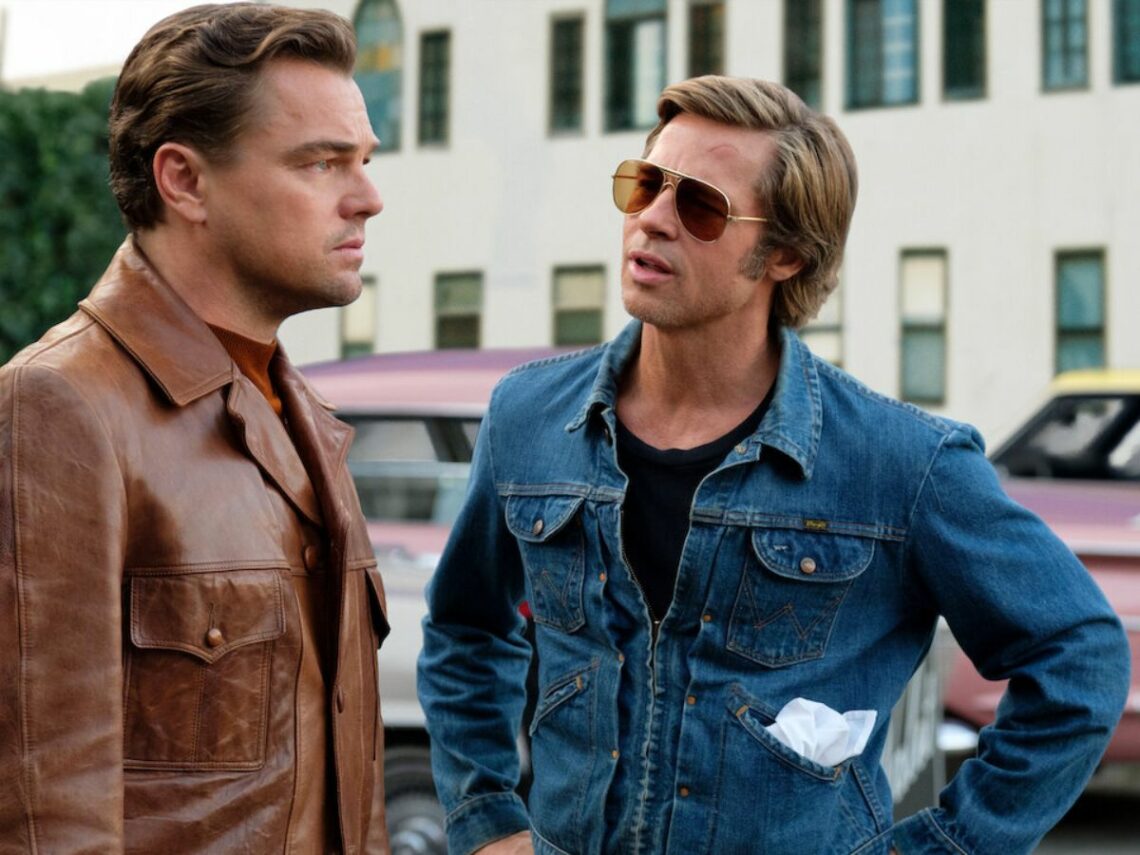
‘Once Upon a Time… in Hollywood’ explained: What’s the point behind the movie?
Quentin Tarantino revisits his fondness for rewriting history in Once Upon a Time… in Hollywood. Interestingly, just like Inglorious Basterds, his previous reimagining of historical atrocities in favour of the “good guys”, with members of the film fraternity as its heroes.
Inglorious Basterds depicts the assassination of leading Nazis in a French cinema. Once Upon a Time… in Hollywood, meanwhile rewrites the infamous Manson murders as a failed attempt at massacring Hollywood royalty, in which the prospective killers are themselves graphically disposed of. The Life of Brian of true crime in LA, if you will.
Unsurprisingly, given that the film tips its hat to the entire movie industry, albeit via affectionate caricatures and scenes of brutal violence, the industry itself responded in kind upon its release. The picture scoops numerous awards and nominations, including an Oscar for Brad Pitt’s supporting role, while film critics lapped it up. The Telegraph’s Robbie Collin called it “Tarantino’s late-era masterpiece”, with which Far Out previously concurred .
There’s no doubt that the movie is beautifully shot, with a litany of gratifying period references to every 1960s film star and their body double, from Burt Reynolds to Bruce Lee. And Tarantino setting up the Manson Family’s visit to 10050 Cielo Drive as a spaghetti western-style showdown, in homage to Sergio Leone’s Once Upon a Time in the West, is an ingenious conceit.
He also follows the real story of the Manson murders with meticulous accuracy up to the point where he begins rewriting history, including the Family’s occupation of Spahn Ranch, and the proclivity of their young female members hitchhiking with famous men in fancy cars. He even includes contextual details such as the Family’s occupation of Spahn Ranch, And directly quotes killer “Tex” Watson’s sinister real-life pronouncement, “I’m the devil, and I’m here to do the devil’s business.”
So, why does Tarantino rewrite the Manson Murders?
With his reconstruction of a true horror story that defined the end of the ‘60s as a tale of redemption for a washed-up western TV star and his stuntman, Tarantino is urging us to believe in the power of filmmaking..More specifically, the filmmaking of Hollywood’s golden age, even in its period of decadent decline.
The “Once Upon a Time” of the movie’s title isn’t just an allusion to Leone’s classic western. It deliberately casts the narrative as a fairytale version of events. Hollywood’s bright young things didn’t have to worry about Charles Manson’s murderous cult in the end, because two old heroes from the world of make-believe are there to save the day.
This fantastical reworking of one of Hollywood’s most awful crimes into a happy ending could be a satirical critique on cinema’s tendency to give us the ending we want to see. However, it plays more like an unabashed celebration of a movie’s ability to transform our perception of reality, allowing us to escape or ignore the terrible events of the real world.
What’s more, the manner in which Pitt’s character Cliff Booth and Leonardo DiCaprio’s Rick Dalton see off the three Manson murderers who break into their apartment is just as morbid as the real-life killings they carried out. Tarantino would argue that’s the point, and we can hardly criticise him for gratuitous violence at this point in his career. It’s an intrinsic feature of his filmmaking.
Nevertheless, female killers Susan Atkins and Patricia Krenwinkel do see a disproportionate amount of violence meted out to them, compared with their male counterpart Watson. Does Booth really have to bash Krenwinkel’s face into various items of furniture for a solid 30 seconds, repeatedly and audibly cracking her skull long after her life’s been extinguished? And does a bloodied Atkins, savaged head-to-toe by Booth’s dog, really need to be burned alive by Dalton’s flamethrower? Tarantino does seem to get a kick out of inflicting as much violence as possible on the women in his pictures.
Still, in this case we’re watching real-life characters who actually committed savage atrocities against innocent people getting their comeuppance. And that’s perhaps the most basic purpose of Once Upon a Time… In Hollywood. It inflicts the revenge on the Manson killers that Sharon Tate, her unborn baby and her fellow victims never got to exact.